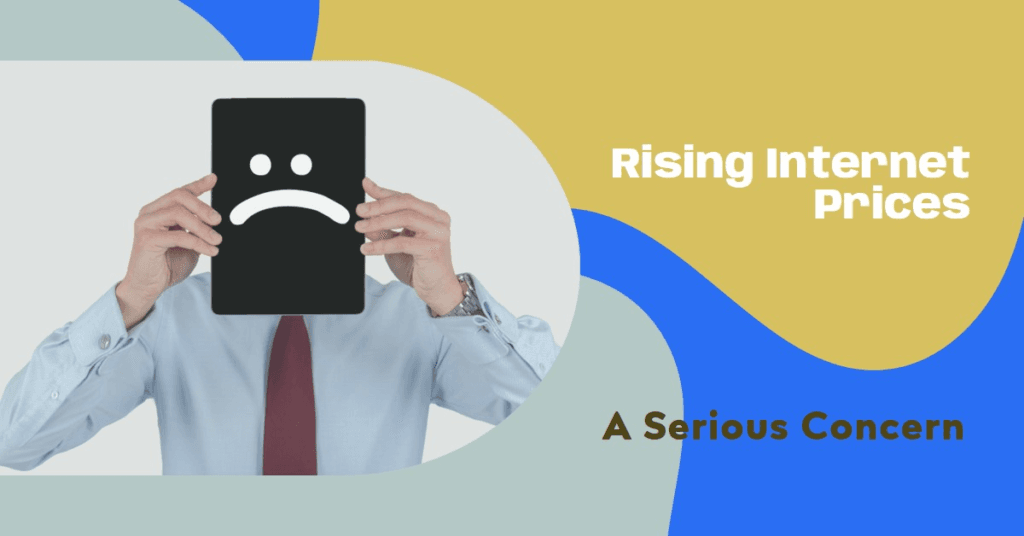As of July 4, 2024, all major Indian telecoms operators – Jio, Airtel, and Vodafone Idea (Vi) – have implemented revised pricing structures for their prepaid and postpaid plans. This guide provides a high-level overview to help you make informed decisions when choosing a plan that aligns with your budget and data requirements.
Understanding Your Needs:
- Data Usage: Identify your typical monthly data consumption. Are you a casual user (under 2GB) or a high-data consumer (over 1GB daily)?
- Validity Period: Do you prefer frequent recharges with shorter validity or longer validity plans with potentially lower data allotments per day?
Plan Options by Data Needs:
- Budget-Conscious Users (Around 2GB Data): All providers offer a comparable option around Rs 199. This typically includes unlimited calling, approximately 2GB of data, and SMS benefits for a validity period of around 28 days.
- Moderate Data Users (Around 1GB Daily): Jio offers a competitive plan at Rs 299 with 1GB daily data, unlimited calling, and SMS benefits for 28 days. Airtel has a similar plan at the same price point, but with a limit of 100 SMS messages per day.
- High Data Users (Over 1GB Daily): Jio provides plans ranging from Rs 399 (2.5GB daily data) to Rs 449 (3GB daily data) with a validity of 28 days. Airtel offers plans with similar data options at slightly different price points. Explore their website for detailed comparisons.
Long-Term Validity Plans:
Jio and Airtel offer plans with validity periods extending from 2 months to a year. These plans generally offer lower daily data allotments compared to monthly plans but can be more cost-effective per GB in the long run.
Essential Resources:
- Jio Recharge Plans: Jio Recharge Plans
- Airtel Prepaid Mobile Recharge: Airtel Prepaid Mobile Recharge
- Vi Prepaid Recharge: Vodafone Idea Prepaid Recharge
Recommendation:
By carefully analyzing your data consumption habits and budget constraints, you can select the most suitable prepaid plan from the revised offerings. For further in-depth comparisons and plan details, visit the official websites of the respective telecom service providers.
Why these telecom companies increase their prices each year?

There isn’t a guaranteed annual price hike, but telecom companies like Jio, Airtel, and Vodafone Idea (Vi) do raise prices periodically for several reasons:
- Increase Average Revenue Per User (ARPU): This metric reflects the average monthly amount a customer spends on their services. The companies argue that higher ARPUs are crucial for financial health and future investments.
- Investment in Network Infrastructure: Deploying and maintaining advanced technologies like 5G requires significant capital expenditure. Price hikes help generate funds for these upgrades.
- Maintaining Profit Margins: Rising operational costs (equipment, maintenance, licensing) can squeeze profits. Price adjustments help maintain profitability.
- Market Competition: While competition drives innovation and sometimes lower prices, it can also lead to price stabilization or even increases if all players need to improve their financial standing.
The recent price hikes in July 2024 were particularly significant. Here’s some additional context:
- Post-Subsidy Period: Jio’s disruptive entry in 2016 with low-cost plans may have reached a point of diminishing returns. The industry might be seeking a more sustainable pricing model.
- 5G Rollout: Investments in 5G infrastructure necessitate increased revenue streams.
It’s important to note that consumers are not powerless:
- Plan Options: Companies offer a variety of plans catering to different budgets and data usage needs. Explore and compare plans to find the best fit.
- Promotional Offers: Keep an eye on promotional offers and discounts that telecom companies might introduce to attract and retain customers.
- Shifting Providers: While inconvenient, switching providers can sometimes lead to better deals. However, research carefully before making a change.
Is Indian telecoms companies make their customer habitual to internet and then they increase prices?

India boasts one of the world’s largest internet user bases, fueled by a combination of factors. Affordable data plans, primarily driven by the aggressive entry of Reliance Jio in 2016, are a major reason behind this surge.
But with recent price hikes, a question lingers: are telecom companies strategically creating internet dependence before squeezing customers financially?
The Rise of the Digital Habit:
Jio’s disruptive pricing revolutionized the telecom landscape. Suddenly, data, once a luxury, became accessible to the masses. This affordability fostered a digital transformation. From entertainment to education, work to social connections, the internet became woven into the daily lives of millions.
The Price Pendulum Swings:
However, the initial honeymoon period seems to be over. Telecom companies, including Jio, Airtel, and Vodafone Idea (Vi), have implemented significant price hikes in July 2024. This has led to accusations of a strategic ploy – get users hooked on the internet with low prices, then raise costs once they’re dependent.
Is There a Method to the Madness?
While there’s no smoking gun, the timing of the price hikes after years of affordability raises eyebrows. Here are some possible explanations for the telecom companies’ actions:
- The ARPU Trap: Average Revenue Per User (ARPU) is a key metric for telecom companies. Jio’s low initial prices might have brought in a massive user base, but with lower ARPUs. The hikes could be an attempt to improve their financial health.
- The 5G Factor: The rollout of 5G infrastructure requires significant investment. Price increases could be a way to generate funds for this technological leap.
- The Post-Subsidy Hangover: Jio’s initial low prices might have been unsustainable subsidies. The industry might be seeking a more long-term, profitable pricing model.
What Can Consumers Do?
While the situation isn’t ideal, consumers do have some options:
- Plan It Smart: Explore different plans offered by various companies. Choose a plan that aligns with your data usage patterns to optimize your spending.
- The Deal Hunter: Keep an eye out for promotional offers and discounts. Telecom companies often introduce these to attract and retain customers. Don’t be afraid to switch providers if you find a better deal elsewhere.
- Data Detox (Maybe): This might be an extreme step, but consider if you can potentially reduce your data consumption. Utilize Wi-Fi networks whenever possible and be mindful of data-heavy activities.
The Verdict: Chicken or Egg?
Whether the telecom companies are deliberately manipulating consumer behavior is difficult to say definitively. However, the recent price hikes do raise concerns about affordability and highlight the need for a more transparent and consumer-centric approach from the industry. As India’s digital journey continues, it’s crucial to ensure that access to the internet remains accessible, not a luxury for the privileged few.
Frequently Asked Questions: Indian Telecom Price Hikes
1. Why are Indian telecom companies raising prices?
There are several reasons:
- Increase Average Revenue Per User (ARPU): Companies want to raise their average customer income to improve financial health.
- Investment in Network Infrastructure: Upgrading to 5G requires significant capital expenditure.
- Maintaining Profit Margins: Rising operational costs can squeeze profits, so price hikes help maintain profitability.
- Market Competition: While competition can lead to lower prices, it can also stabilize or increase prices if all companies need to improve finances.
2. Is this a new strategy – low prices first, then hikes?
There isn’t a guaranteed annual hike, but it’s not uncommon. The recent hikes (July 2024) might be due to:
- Post-Subsidy Period: Jio’s initial low prices may have been unsustainable subsidies. The industry might be seeking a more sustainable pricing model.
- 5G Rollout: Investments in 5G infrastructure necessitate increased revenue streams.
3. What can I do as a consumer?
- Compare Plans: Find a plan that fits your data needs and budget. Explore options from different providers.
- Look for Deals: Keep an eye out for promotional offers and discounts.
- Consider Switching Providers: If you find a better deal elsewhere, switching can be an option, although research carefully first.
- Data Management: Consider reducing data usage by utilizing Wi-Fi networks and being mindful of data-heavy activities.
4. Where can I find more information?
- Each telecom company’s website has information on their plans: Jio (https://www.jio.com/selfcare/plans/mobility/prepaid-plans-list/?category=Popular%20Plans&categoryId=UG9wdWxhciBQbGFucw==), Airtel (https://www.airtel.in/recharge/prepaid/), Vi (https://www.myvi.in/prepaid/online-mobile-recharge)
5. Is there anything the government can do?
The government can play a role in:
- Promoting Competition: A healthy telecom market with strong competition can lead to better pricing for consumers.
- Regulating Prices: The government can implement regulations to ensure fair pricing practices.
- Focus on Rural Connectivity: Efforts can be made to ensure affordable internet access in rural areas.
#epicinfinite #epicarticle #epicblog
What do you think about the recent price hikes? Let us know in the comments!










